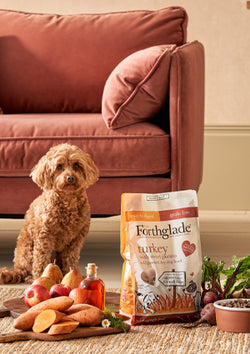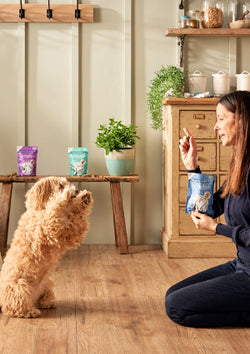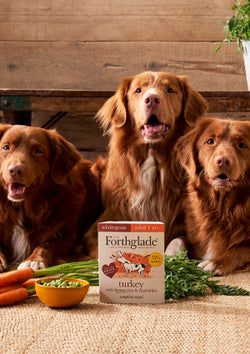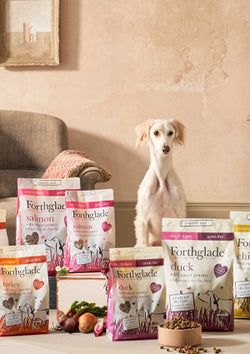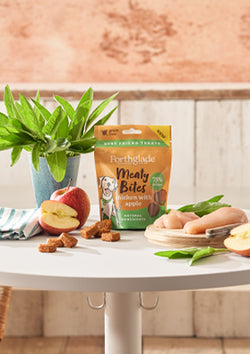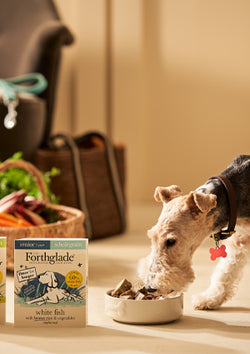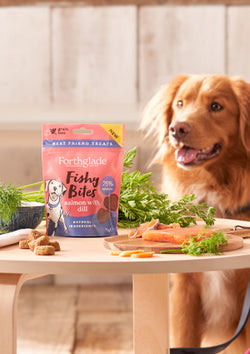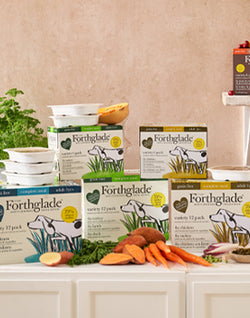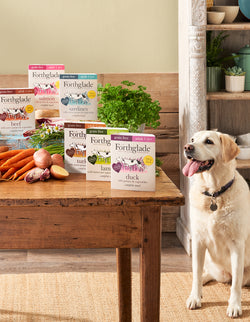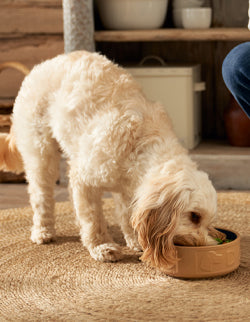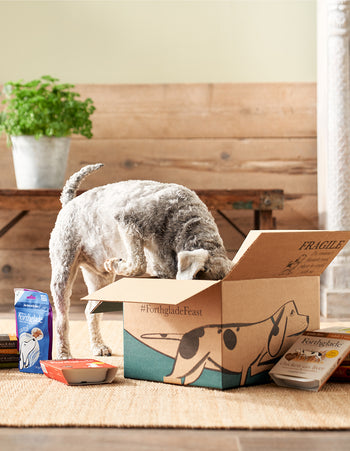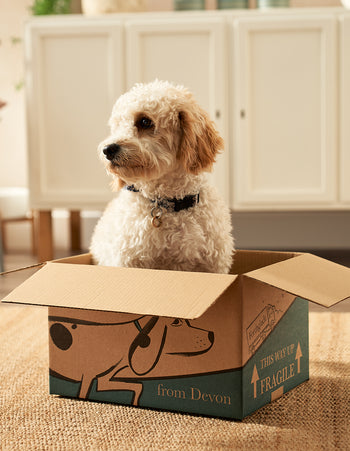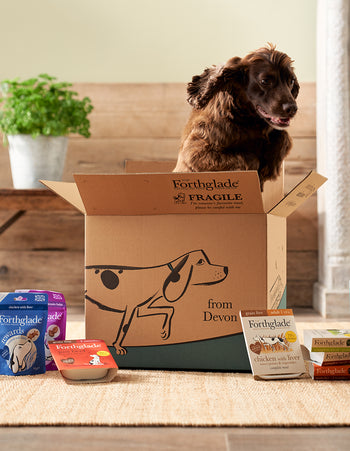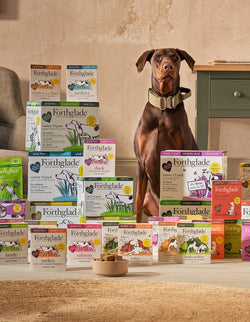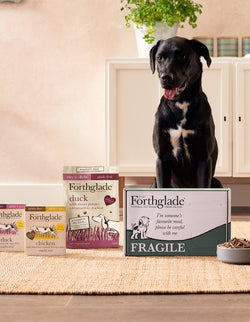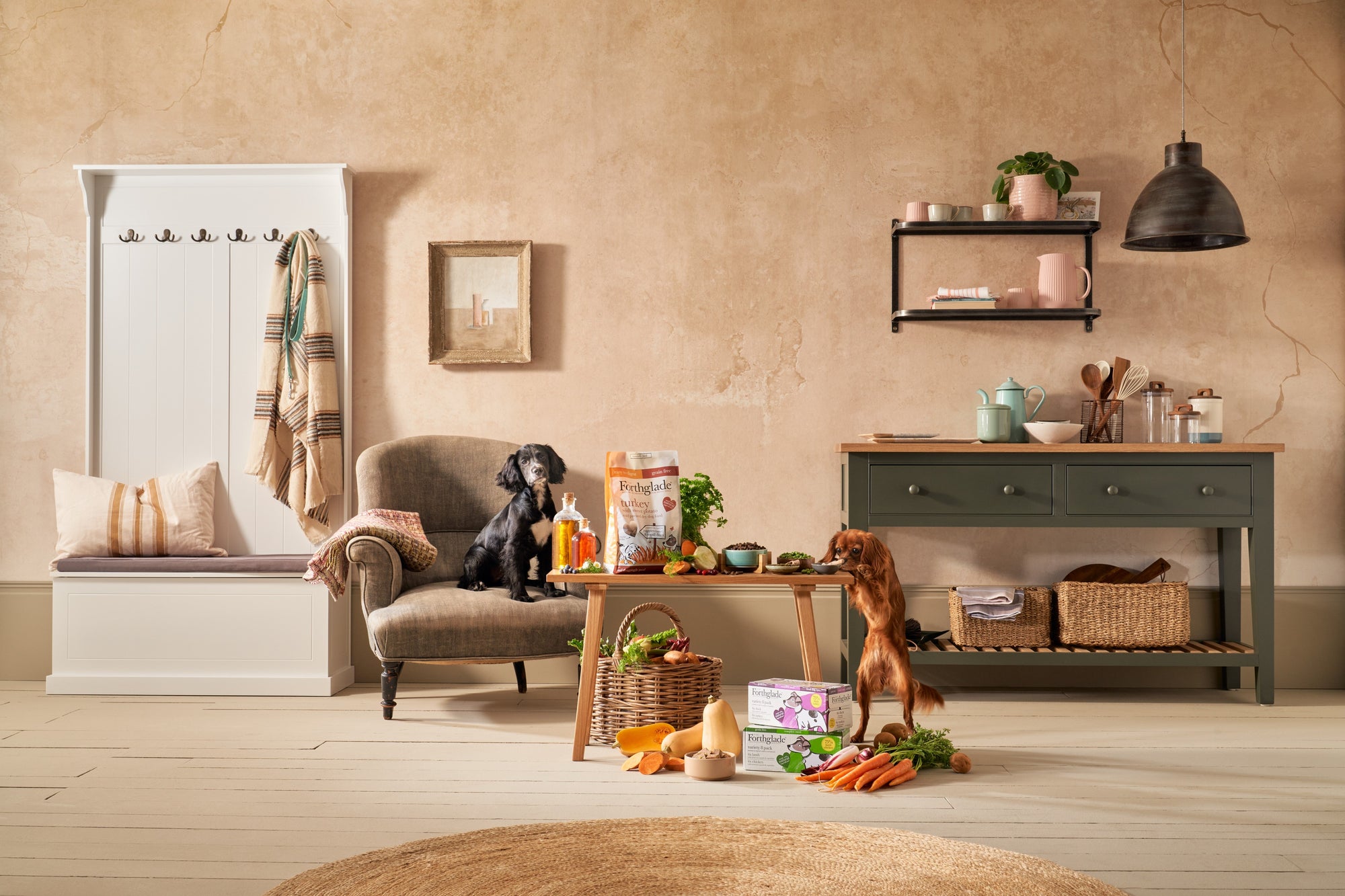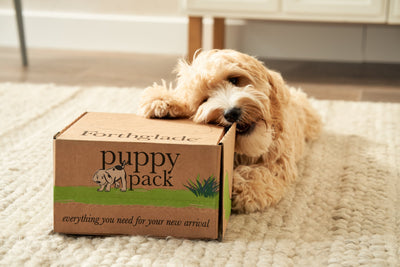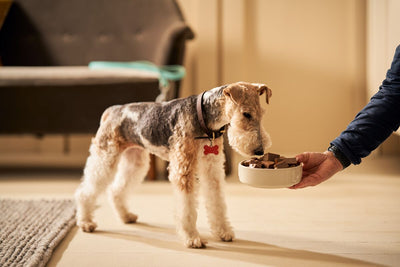Certified Animal Behaviourist Caroline Wilkinson offers insight into improving your dog's on-lead walking.

Over the past year, you may well have found yourself spending more time walking your dog on (as opposed to off) their lead. With travel restrictions in place and social distancing measures meaning we’re keeping our dogs away from others, lead walks can be the safest way to exercise your dog at the moment.
While on-lead walks might not seem as fun as off-lead adventures, they are a great opportunity to really work on your connection with your dog. If you have a dog that pulls or dislikes walking on a lead, now is the time to put some daily effort into their training.
I often say that while recall is one of the most important skills, we can teach our dogs, relaxed lead walking is one of the hardest! It can get frustrating and boring for the dog, as well as repetitive for the human end of the lead. Unfortunately, we’ve often unintentionally reinforced lead pulling at various times throughout our dog’s lives - by allowing them to pull you over to say hello to another dog / person or to sniff an important patch of grass.
As part of the Forthglade #PawsitiveVibes series, we wanted to share a few top tips for successful on-lead walks.

Reward those perfect moments
When you’re first starting out teaching your dog to walk without any tension in the lead, it can feel like an uphill battle. But there will be tiny moments on every walk where your dog pauses for a second, looks up at you, or moves closer towards you. Reward any of these moments where the lead goes slack or your dog is paying you attention. A clicker can really help to mark precise moments of behaviour.
Start with baby steps
We always want to run before we can walk - but when it comes to lead training, it’s so important that we start working on a step-by-step basis. Rewarding your dog for every step it takes might seem like overkill but if they ‘re learning what you want every step of the way, then you’re reducing the chances they’ll get it wrong. Using two pieces of walking equipment - swapping between a harness for fun, relaxed parts of the walk and their collar for the training parts of the walk - can give you the opportunity to just train for a few minutes per walk without giving your dog mixed messages.
Choose the right environments
Starting at home, especially with young puppies, is the best way to build up on-lead skills. If you were to try and teach your puppy to walk nicely on-lead in a space where there’s lots of people, dogs or traffic, you’ll be setting them up for failure. Instead when visiting those environments, allow your puppy the safe space to move around on a slightly longer lead - to give them the opportunity to avoid or engage with new experiences as they feel comfortable. When you’ve got your more formal lead walking sussed at home, you can then move out to quiet streets or fields to practice in.
Choose the right reward
To build up a good connection and relationship with our dogs on-lead, we want to motivate them so they can eventually hang out near us no matter what environment we're in. To do this, we need to pair the right reward - a yummy treat that competes with the distractions of the environment you’re training in. A piece of their normal food might be rewarding enough while you’re practicing in your garden but is unlikely to cut it once you have the distractions of other people and dogs around you.
Make the journey as exciting as the destination
When it comes to lead walking, it’s often the least fun part of the walk because we allow it to be that way. Think of all the ways you can make the on-lead part of the walk as fun as the off-lead. For example, you might stop and scatter some treats in the grass for your dog to sniff. Or you might ask your dog to perform one of their favourite tricks before you cross any road.














 Over 7,339 5* Reviews
Over 7,339 5* Reviews
 Established since 1971 - Made in Devon!
Established since 1971 - Made in Devon!

